Pennies found in Häme Castle
Artefact of the month – November 2023
An item of historical significance does not always have to be large, spectacular, intact or even in good condition. When Häme Castle was being restored, a total of 229 mediaeval coins were discovered. Among these are two peculiar pennies measuring just over a centimetre in diameter with modest physical features. They only weigh about 0.3 grams. The coins are so-called bracteates, or, one-sided coins (the word “bractea” comes from Latin and means a thin sheet metal/metal sheet). The coins have a wide lined edge (the so-called halo) and one of them has the letter A in the middle and the other the letter W.
The pennies were minted during the last chaotic years of the reign of Magnus Eriksson. A document from 1354 prepared by the notary of the Pope describes a new coin that was introduced on 22 February. The coin mentioned in the document is almost certainly the bracteate boasting different letters and halo imagery. The average weight of the coins is approximately 0.34 grams, but their silver content varies significantly. Some of them even seem to be almost pure copper. This is because, during that time, the kingdom suffered from a slumping economy. By decreasing the metal content of money, that is, its value, the Crown hoped to make a short-term profit. Due to their weak value, the minting of bracteates ended quite quickly. This is evidenced by a letter dated 20 December 1363, which contains a reference to the problems related to using the St Petersburg penny in Sweden. The peasants had paid their taxes with bad pennies, which had since been removed from use. The peasants themselves also no longer wanted to accept these bad, discarded pennies. Therefore, based on written sources, we know that the pennies in question date from 1354–1363.
It is not clear what the symbols on the pennies mean. The most common symbols are the crown and the letters E, L and S. Based on lead bases found in excavations, it can be proven that the L bracteates were most likely minted in Lödöse and the S bracteates in Söderköping. The bracteates with crowns are usually linked to Stockholm and the E bracteates to Kalmar. For the rare bracteates with the letters A and W, there is no definite evidence of where they were minted. One possibility is that A refers to Turku (Aboa) and W to Vyborg, as they do in the cities’ seals. This would mean that the coins are proof that mediaeval coins were minted in the region of present-day Finland the 1300s, which is considerably earlier than other source material indicates. We know for sure that a mint was established in Turku during the time of Eric of Pomerania, in the early 1400s. The coins minted at that time also have a symbol referring to the name of the city – the letter A. Västerås (Aros) or Oslo (Asloia) have also been considered as possible places where the A bracteates could have been minted but, based on coin discoveries, this does not seem likely. Only twelve A bracteates are known, seven of which were found in Finland and five in Sweden. A total of eleven W-bracteates have been found, seven in Finland (+ Vyborg) and four in Sweden.
In 1953, a money cache containing 118 pennies dating from the era of Magnus Eriksson were found in Turku. Among the coins were six bracteates with the letter A and one with the letter W. In addition to the coins already mentioned, two W bracteates (in even worse condition) were discovered in Häme Castle, two other W bracteates were part of the finds in the episcopal castle in Kuusisto and one W bracteate was found in Vyborg. The A bracteates found in Sweden come from a single find. In 1910, a cloth bag was found in Närke. The bag contained almost 5,000 bracteates. Presumably, the coins were hidden in the 1360s. Among the coins are five A bracteates and two W bracteates. In addition to the previous coins, only two W bracteates have been found in Sweden; one in Norrbotten and one in Västerås Cathedral.
Where do the rare pennies found in Häme Castle come from? Reliable interpretations cannot be made on the basis of such minor finds and there are no written sources. However, the fact that most of the discoveries were made in Finland is noteworthy. Based on their distribution, the interpretation that the W bracteates were minted in Vyborg is slightly more justified than the interpretation that the A bracteate were minted in Turku. On the other hand, it can be argued that one minting location supports the other. In the Middle Ages, Turku was a much more significant city than Vyborg, and Turku Castle served as the centre of the entire eastern part of the kingdom. If coins were minted in Vyborg, it can be reasonably assumed that they were also minted in Turku. The sons of Magnus Eriksson fought for power in the 1350s and, in 1356, Erik Magnusson took control of Götaland, the Swedish-ruled areas of Finland and Skåne. The following year, he visited Vyborg from where he travelled to Turku via Uusimaa. Thus, the ruler visited the eastern part of the kingdom at a time when these bracteates were being minted. One explanation for the minting of the A and W bracteates would, therefore, be small-scale symbolic minting to mark Erik Magnusson’s travels. It is, of course, possible that the coins were not minted in the cities in question, but in some other locality, after which they were issued in connection with the king’s visit. Even in this case, the letters would refer to those cities. Especially in the east, the minting of money to strengthen the power of the Swedish king would have played an important role in the battles for dominion in the region in the mid-1300s.
Mediaeval bracteates are very rare finds in Finland, and every penny is significant. The pennies found in Häme Castle show that A and W bracteates were used in Finland in the Middle Ages. There is no conclusive evidence of where they were minted and in how large quantities. At the moment, nothing excludes Turku and Vyborg as possible minting locations; they can even be considered the most likely options. Future discoveries will hopefully provide us with new information on the matter. Just one small penny can change or strengthen current interpretations decisively.
Frida Ehrnsten


Literature
Ehrnsten, F. 2022: A som i Aboa? Brakteatmyntning i Åbo på 1350-talet/A niin kuin Aboa? Brakteaattien lyönti Turussa 1350-luvulla. Ehrnsten, F., Järvi, P. & Talvio, T (toim.) Keskiajan hopearahat. Rahanlyönti Turun linnassa / Medeltida silvermynt. Myntning på Åbo slott. Turun museokeskuksen julkaisuja 88, 58–83.
Golabiewski Lannby, M. 1983: Studie av 1300-tals brakteater i ett depåfynd från Närke. Numismatiska meddelanden XXXIV. Stockholm: Svenska Numismatiska Föreningen, 105–122.
Golabiewski Lannby, M. 2003: Ny penning med tre kronor och bokstaven W och andra mynt med W. Nordisk Numismatisk Unions Medlemsblad 2003/5–6, 91–93.
von Heijne, C. 2014: Ett ovanligt trettonhundratalsfynd från kvarteret Tranan i Malmö. Nordisk Numismatisk Årsskrift, Ny serie 1, 109–121.
Talvio, T. 2008: Olof Myntare och frågan om myntningen i Viborg under medeltiden. Myntstudier 2008/1, 8–10.
Voionmaa, J. 1958: Keskiaikainen rahakätkö. Turun kaupungin historiallisen museon vuosijulkaisu 20–21, 1956–1957. Turku: Turun kaupungin historiallinen museo, 111–112.
-
2024
-
2023
-
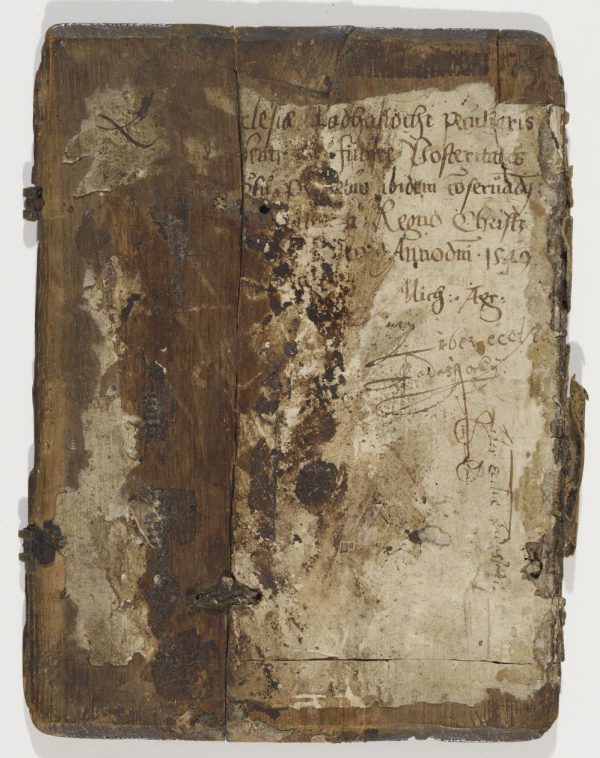 Book cover
Book cover
-
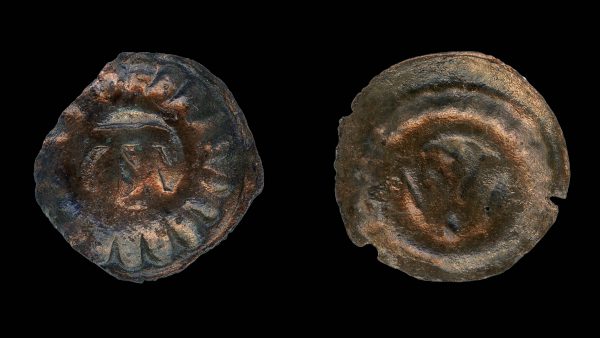 Pennies found in Häme Castle
Pennies found in Häme Castle
-
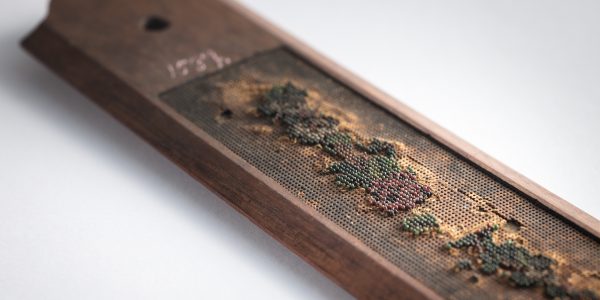 Ruler received by Aleksis Kivi as a consolation gift
Ruler received by Aleksis Kivi as a consolation gift
-
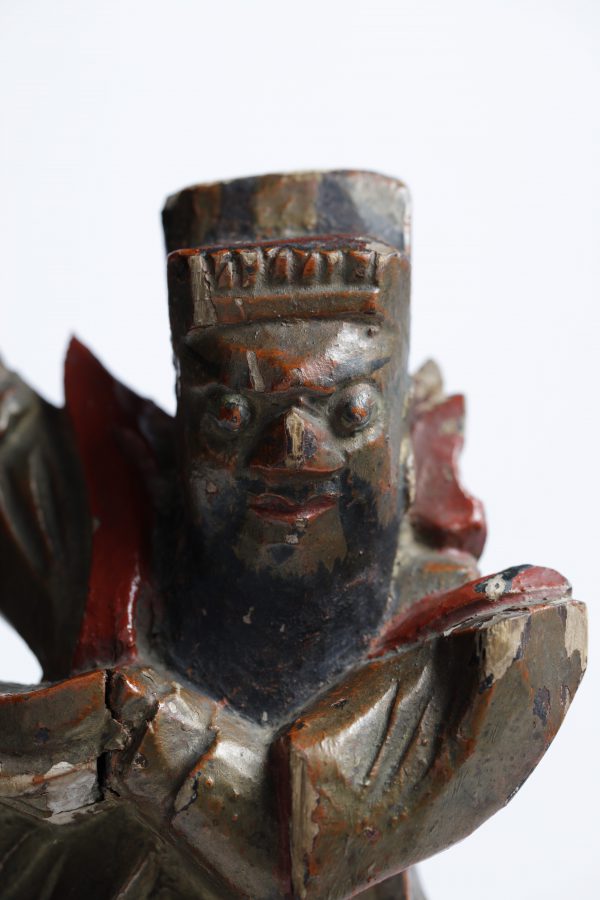 Caishen, god of wealth
Caishen, god of wealth
-
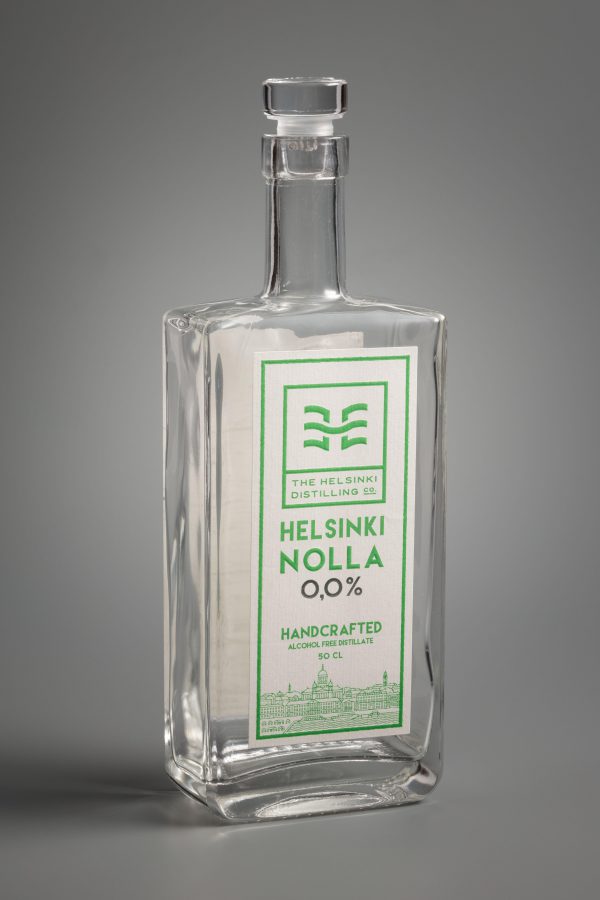 Sober curious phenomenon
Sober curious phenomenon
-
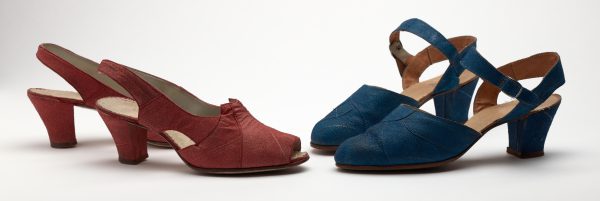 Summer shoes made of fish leather
Summer shoes made of fish leather
-
 Book briefcase of the Finnish Seamen's Service
Book briefcase of the Finnish Seamen's Service
-
 Nyytinkirukki lace pillow
Nyytinkirukki lace pillow
-
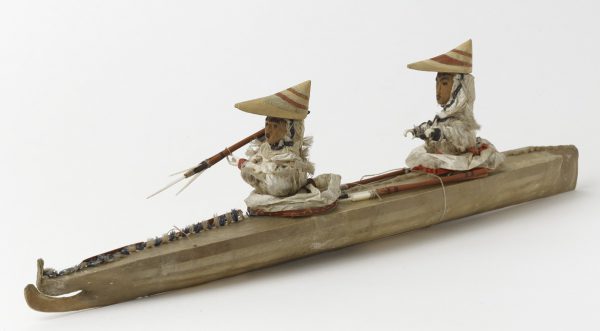 Arctic vessels and scale models
Arctic vessels and scale models
-
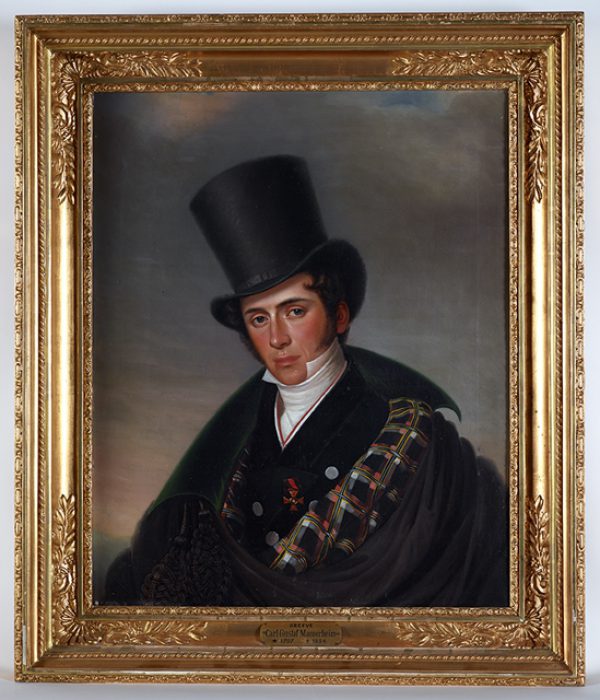 Portrait of a young dandy: Carl Gustaf Mannerheim
Portrait of a young dandy: Carl Gustaf Mannerheim
-
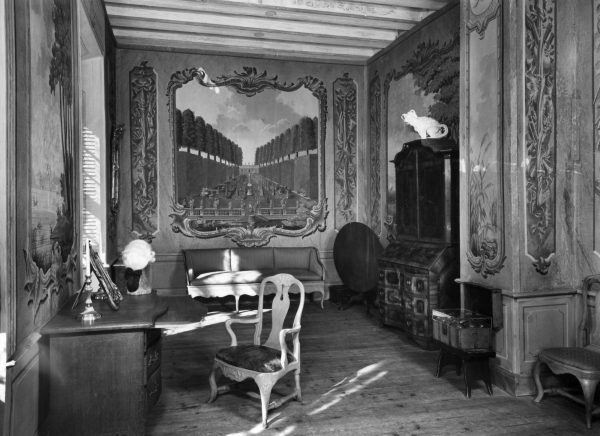 Painted Wall Covering in the Devil’s Chamber
Painted Wall Covering in the Devil’s Chamber
-
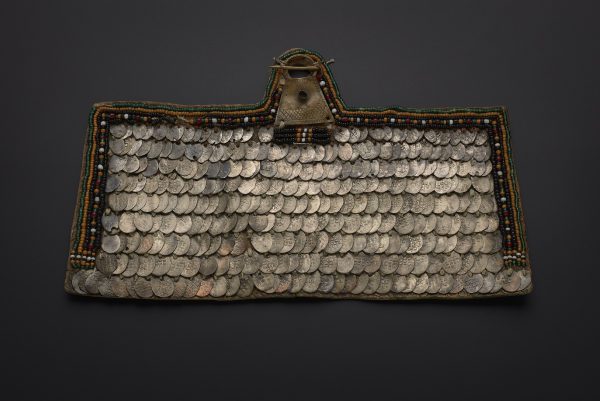 Šerkämä – Women’s brooch
Šerkämä – Women’s brooch
-
-
2022
-
2021
-
2020
-
2019
-
2018